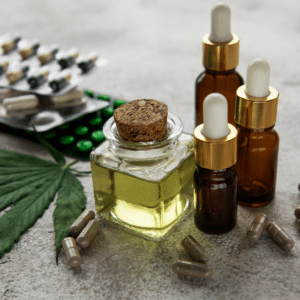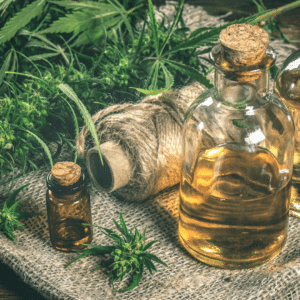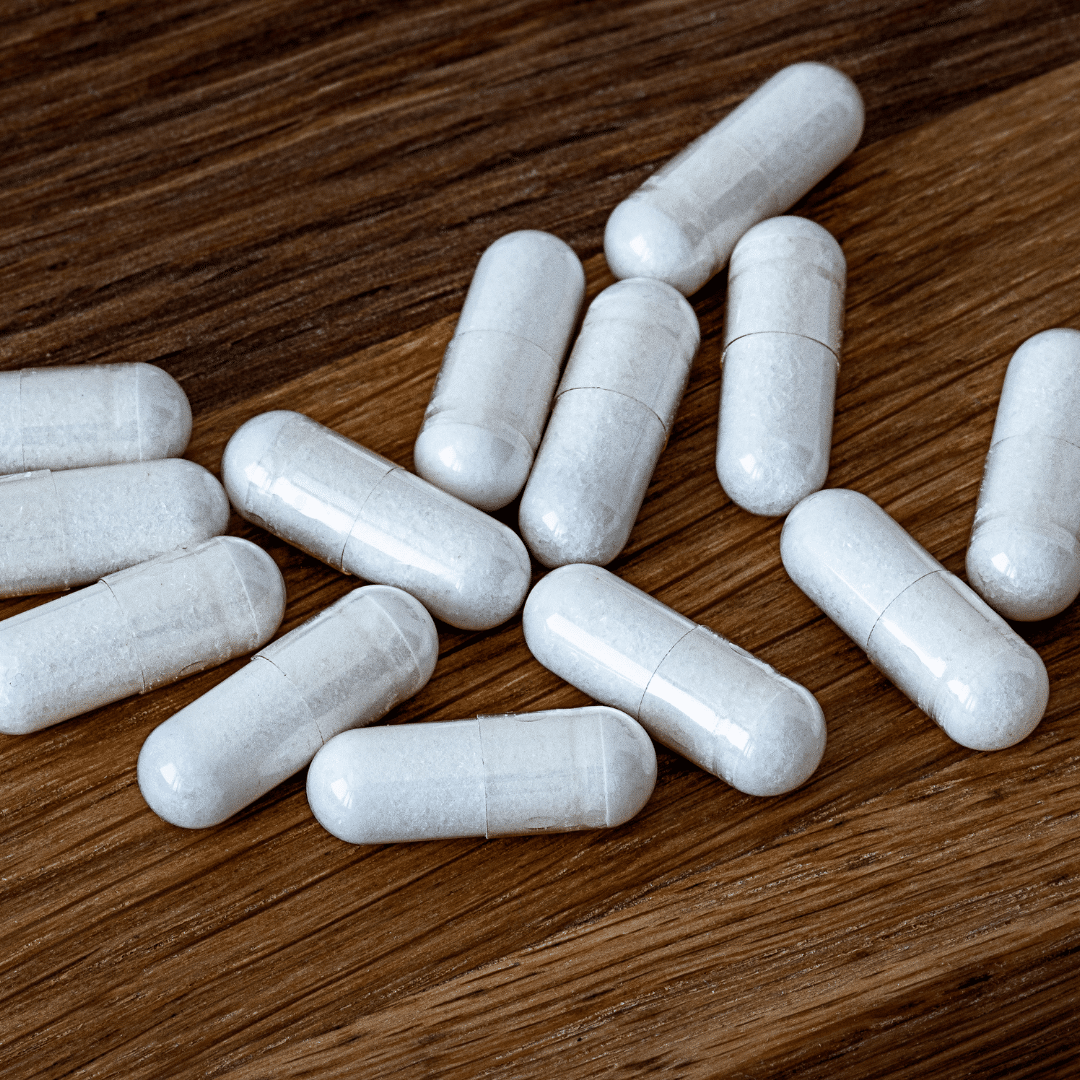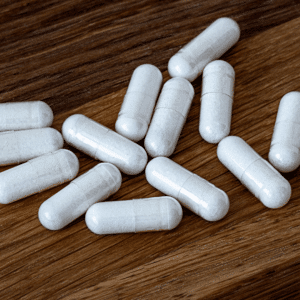
If you’re selling natural health products in Canada, understanding NHPID and NPN is essential. These tools from Health Canada determine whether your ingredients are acceptable and whether your product is eligible to be sold legally. Without proper licensing, your product cannot be legally marketed or distributed in Canada.
Both the NHPID and NPN processes require detailed information, careful documentation, and regulatory know-how. That’s why we’ve outlined the top six things you need to know to stay compliant, save time, and avoid costly mistakes. Keep reading to learn how to use them properly and where to get support.
1. NHPID is your first step in product formulation
The Natural Health Products Ingredients Database (NHPID) is Health Canada’s searchable list of acceptable medicinal and non-medicinal ingredients. It helps ensure your formulation is permitted and follows proper terminology, dosage forms, and ingredient purposes.
You can access it through the NHPID portal. Key search features include:
- Ingredient search: Find ingredients by name, CAS number, or taxonomy
- Controlled vocabulary search: Look up standard terms for test methods, purposes, and dosage forms
Before you prepare your application, verify that all your ingredients are listed in the NHPID, and confirm whether they’re supported by pre-cleared information (PCI), like monographs.
2. NPN confirms your product is approved
An NPN (Natural Product Number) is an eight-digit number assigned by Health Canada once your product has been licensed. It’s a legal requirement for marketing natural health products in Canada.
You must submit a detailed Product Licence Application (PLA) to the Natural and Non-Prescription Health Products Directorate (NNHPD). Your application needs to include:
- Medicinal and non-medicinal ingredients
- Source, dosage, and potency
- Recommended use(s)
- Evidence supporting safety and efficacy
Once approved, you’ll receive an NPN. This number must appear on your product label to indicate compliance and allow consumers to verify it through the Licensed Natural Health Products Database.
3. Your label must follow strict rules
To stay compliant, your NHP label must include all mandatory elements under the Natural Health Products Regulations, including:
- Product name and NPN
- List of ingredients
- Recommended use and dosage
- Warnings and directions
- Manufacturer’s contact details
Labeling errors are one of the top reasons for compliance issues. Working with a regulatory consultant helps ensure your label meets Health Canada’s expectations.
4. Post-licensing changes matter
Getting your NPN isn’t the end of the process. Any changes to your product must follow Health Canada’s post-licensing rules. These include:
- Fundamental changes (e.g., dosage form or route of administration): Require a new application and NPN
- Amendments (e.g., new recommended dose): Require approval
- Notifications (e.g., brand name change): Must be submitted within 60 days
Use the Amendment and Notification Form (ANF) for all updates, and make sure to keep your NPN listing current.
5. Avoid misleading claims at all costs
One of the most common mistakes with NHPID and NPN compliance is making unapproved or misleading claims. Under the Food and Drugs Act, all claims must be:
- Supported by proper evidence
- Truthful, not exaggerated
- Appropriate for the product category
Avoid promising disease treatment, cures, or unproven benefits. Not only is this non-compliant, it can also lead to warning letters, product recalls, or fines. Learn more through Health Canada’s compliance policies.
6. Regulatory support makes a big difference
Staying compliant with NHPID and NPN requirements can be challenging, especially if you’re managing multiple products or launching a new brand. Delays in the application process, missing documentation, or incorrect ingredient classifications can hold you back.
That’s why many companies partner with experienced regulatory consultants to streamline the process. From formulation reviews and NHPID checks to preparing PLA submissions and managing post-licensing updates, expert guidance helps you stay ahead of Health Canada’s evolving standards.
Need help with your NHPID or NPN?
At Quality Smart Solutions, we help businesses navigate the complexities of Health Canada compliance, from ingredient reviews to full NPN licensing. Whether you’re launching your first product or scaling up your portfolio, we’re here to guide you at every step. For a full overview of our natural health product licensing services, visit our NHP licensing page. Talk to our regulatory experts today and get the support you need to succeed.












